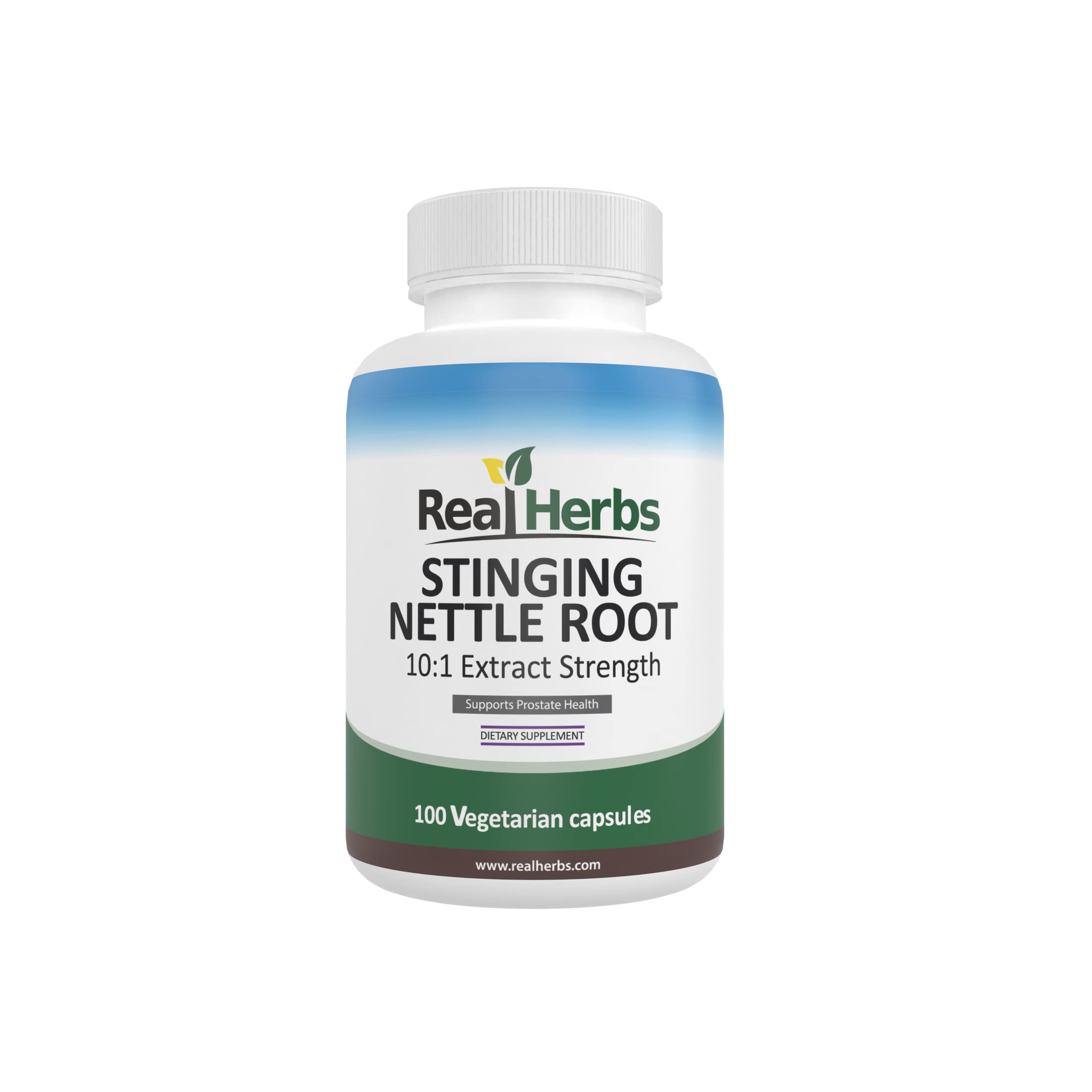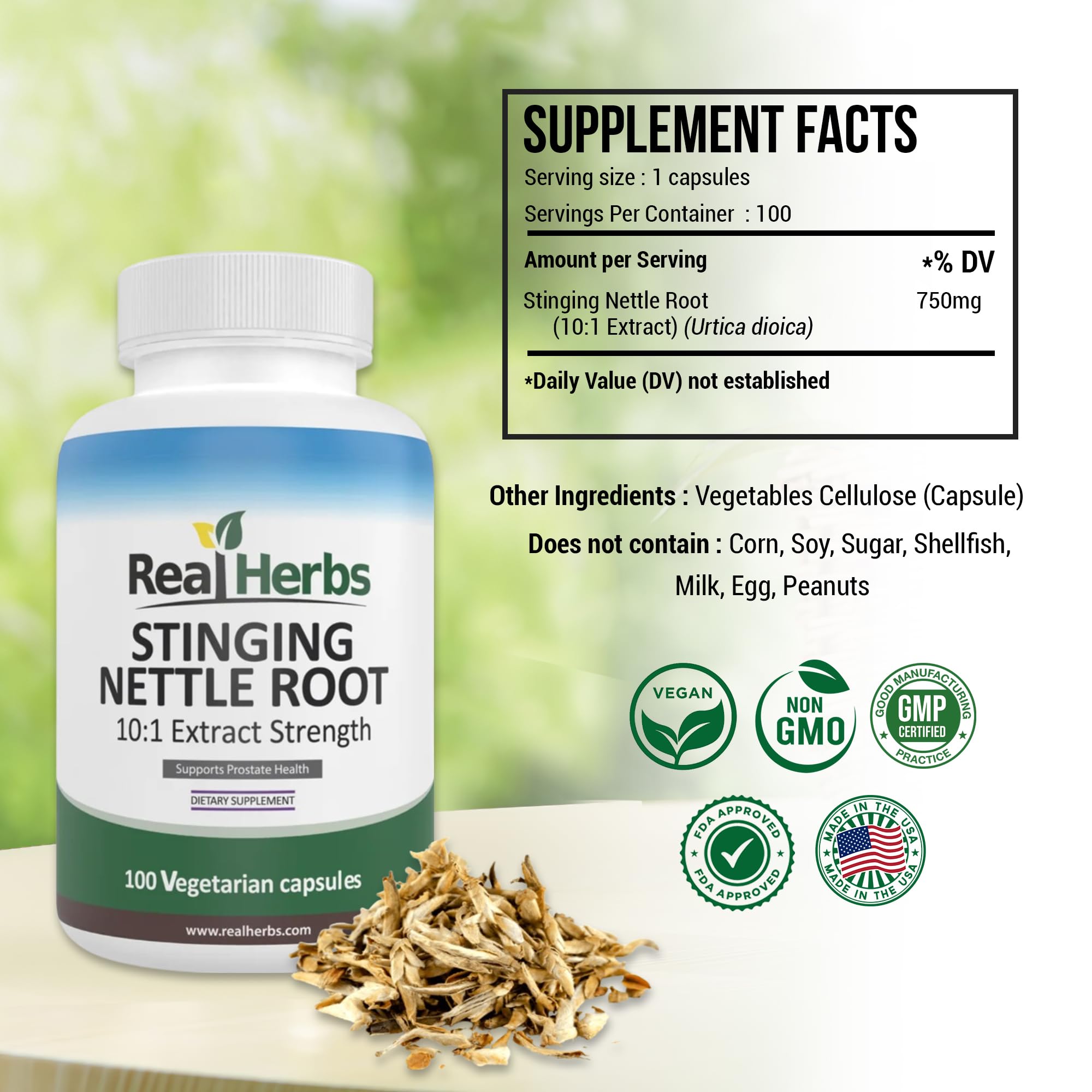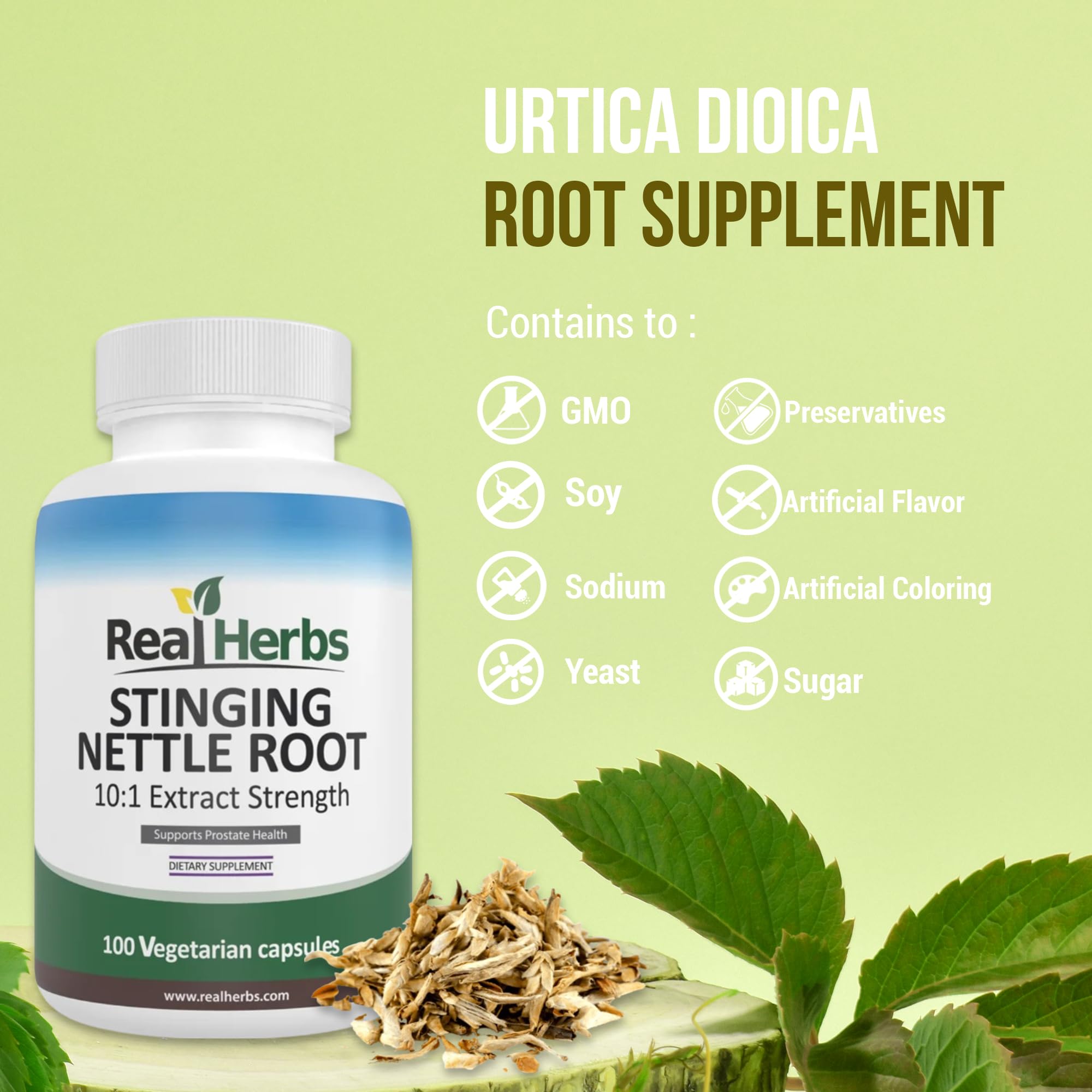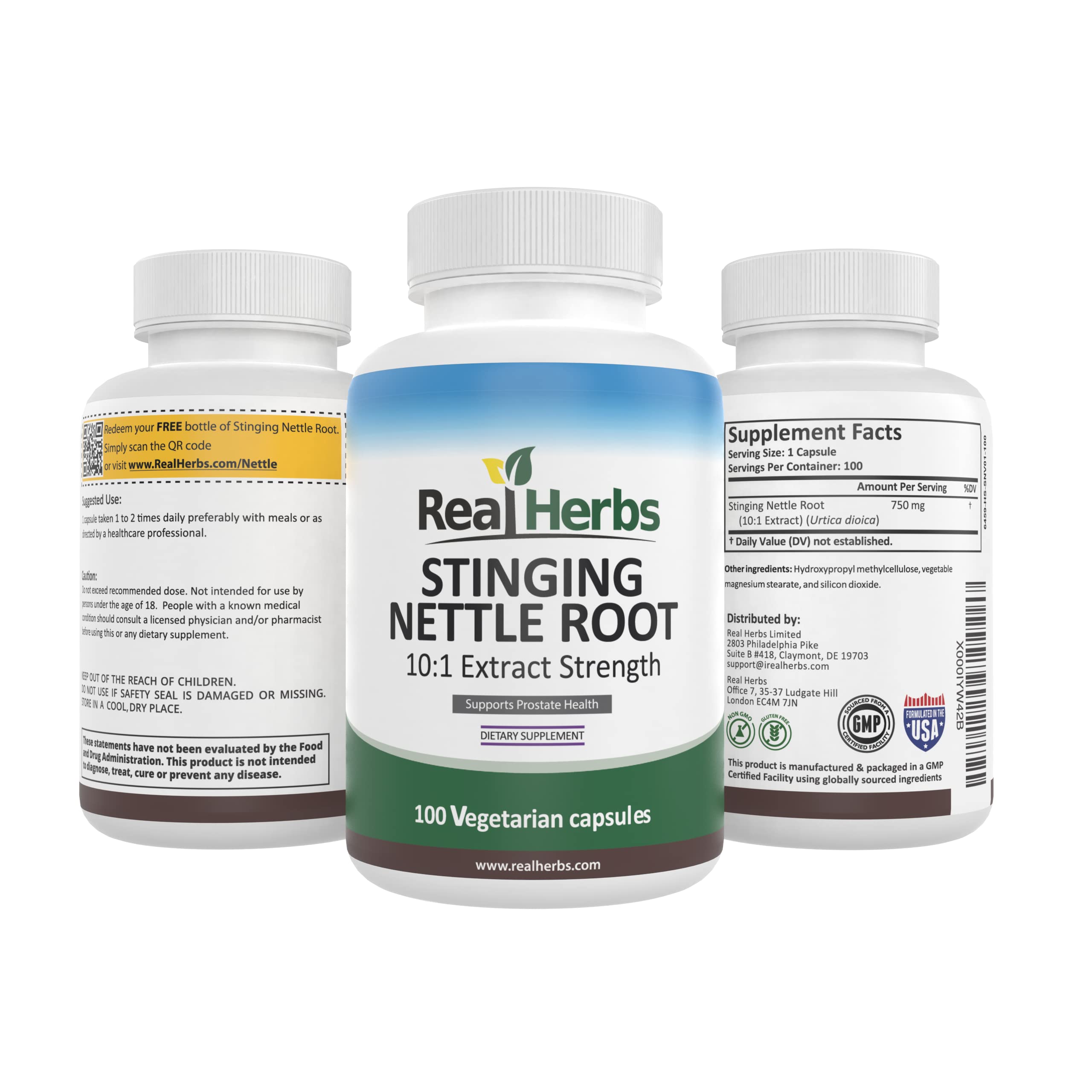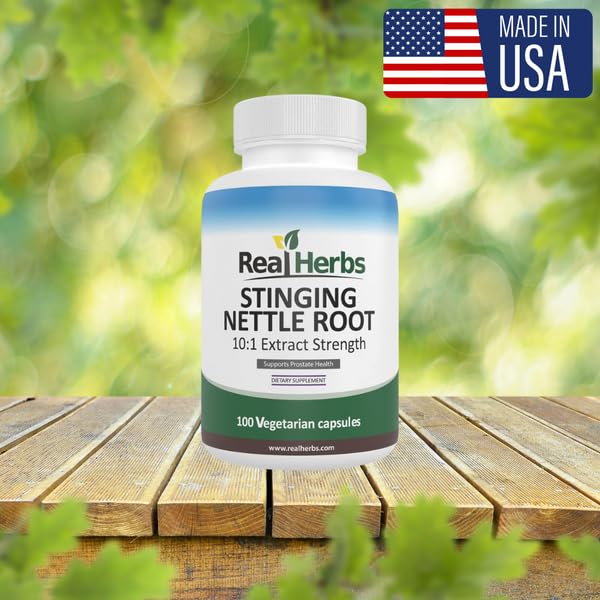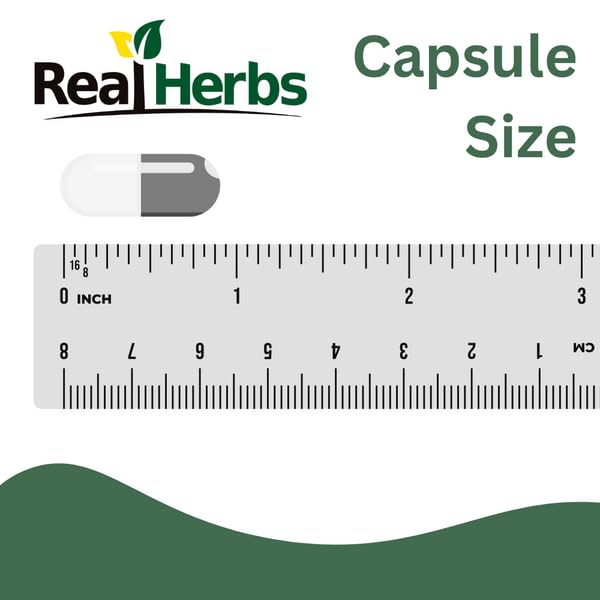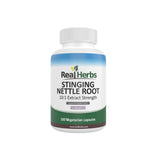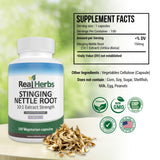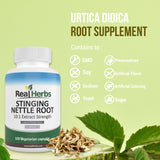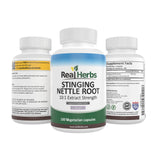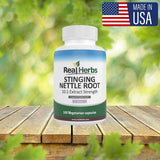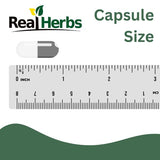Is Stinging Nettle Root Safe?
Introduction
Stinging nettle root, derived from the Urtica dioica plant, has been used for centuries in traditional medicine for its potential health benefits. From supporting prostate health to reducing inflammation and managing seasonal allergies, stinging nettle root has gained popularity as a natural remedy. However, before incorporating it into your health routine, it's essential to explore its safety profile and understand any potential risks.
What is Stinging Nettle Root?
Stinging nettle root, scientifically known as Urtica dioica, is a plant native to Europe, Asia, and North America. It is characterized by its serrated leaves and small stinging hairs that can cause temporary discomfort upon contact with the skin. The root of the stinging nettle plant is typically harvested for medicinal purposes due to its potential health benefits.
Popular Uses of Stinging Nettle Root
Stinging nettle root is commonly used to address various health conditions. It is often sought after for its potential to support prostate health, particularly in men experiencing benign prostatic hyperplasia (BPH) symptoms. Some studies suggest that stinging nettle root may help alleviate BPH-related urinary symptoms such as frequent urination and incomplete bladder emptying.
Additionally, stinging nettle root is recognized for its anti-inflammatory properties. It may aid in reducing inflammation in the body, potentially benefiting individuals with conditions like arthritis, allergies, or skin disorders.
Safety Profile of Stinging Nettle Root
When used appropriately, stinging nettle root is generally considered safe for most individuals. However, it's important to be aware of potential side effects and exercise caution. Common side effects may include mild gastrointestinal discomfort, such as an upset stomach or diarrhea. Skin irritation may also occur if the stinging hairs come into contact with the skin, but it is typically temporary and subsides quickly.
Moreover, allergic reactions are possible, particularly in individuals who are sensitive or allergic to plants in the Urtica family. It is recommended to perform a patch test or consult a healthcare professional before using stinging nettle root if you have known plant allergies.
Precautions and Contraindications
While stinging nettle root is generally safe, certain precautions should be considered. Pregnant and breastfeeding women are advised to avoid using stinging nettle root, as its effects on these populations have not been thoroughly studied. Individuals with kidney disorders should also exercise caution, as stinging nettle root may have diuretic properties that could potentially affect kidney function.
Additionally, if you are taking medications, especially blood-thinning medications, it is crucial to consult your healthcare professional before using stinging nettle root. It may interact with certain medications and impact their effectiveness or increase the risk of bleeding.
Research and Scientific Evidence
Although stinging nettle root shows promise in various health applications, it's important to note that scientific research on its safety is limited. Most studies have focused on its potential benefits rather than its safety profile. Therefore, it is advisable to approach the use of stinging nettle root with caution and prioritize individualized medical advice.
Conclusion
Stinging nettle root offers potential health benefits and has been used in traditional medicine for centuries. While it is generally considered safe, it is crucial to be aware of potential side effects, precautions, and contraindications. Consulting a healthcare professional before incorporating stinging nettle root into your health routine is recommended, especially if you have specific health conditions, allergies, or are taking medications.

